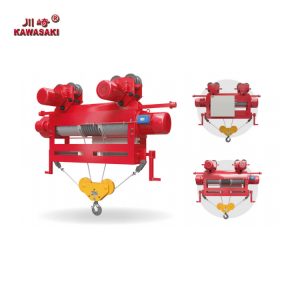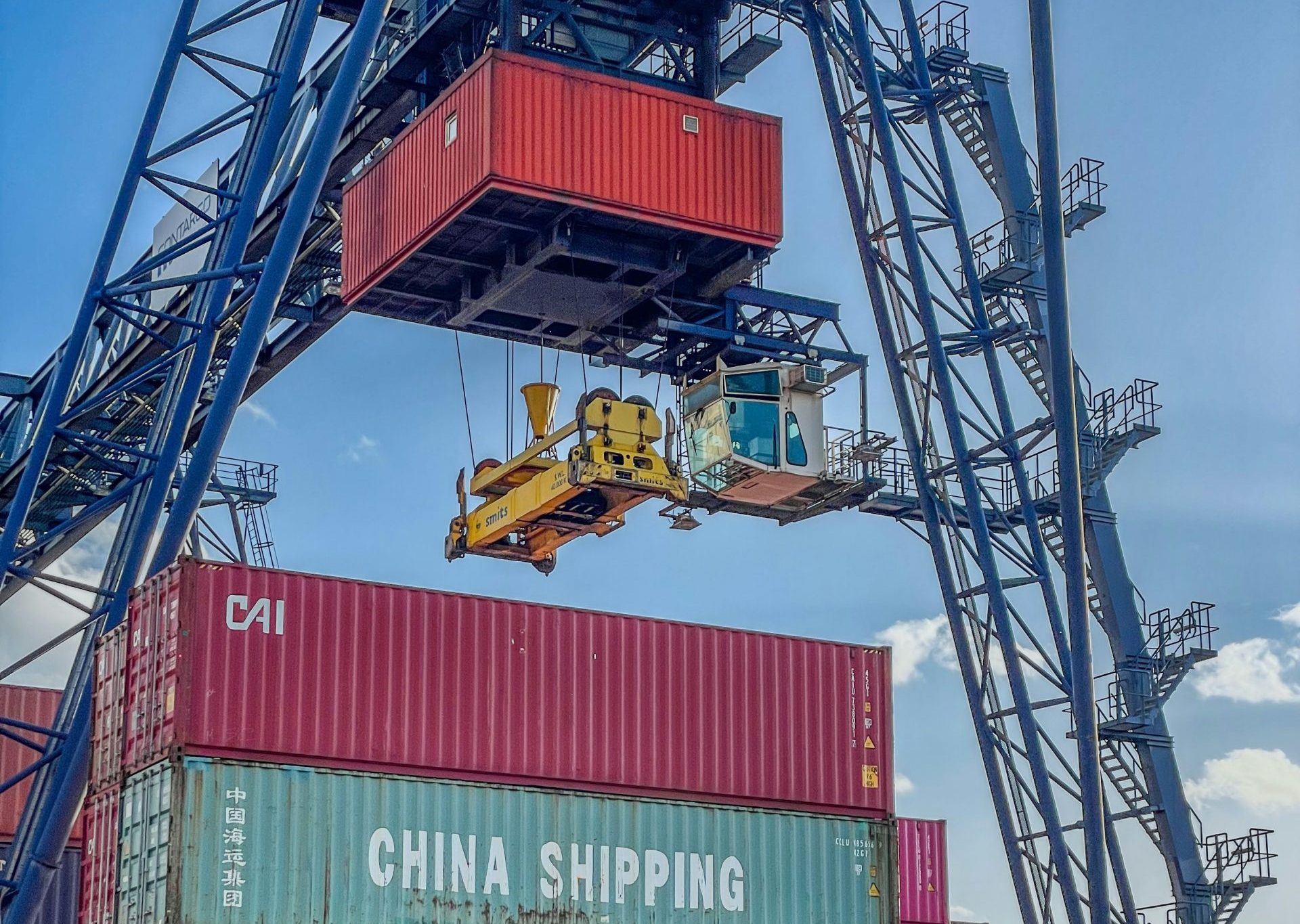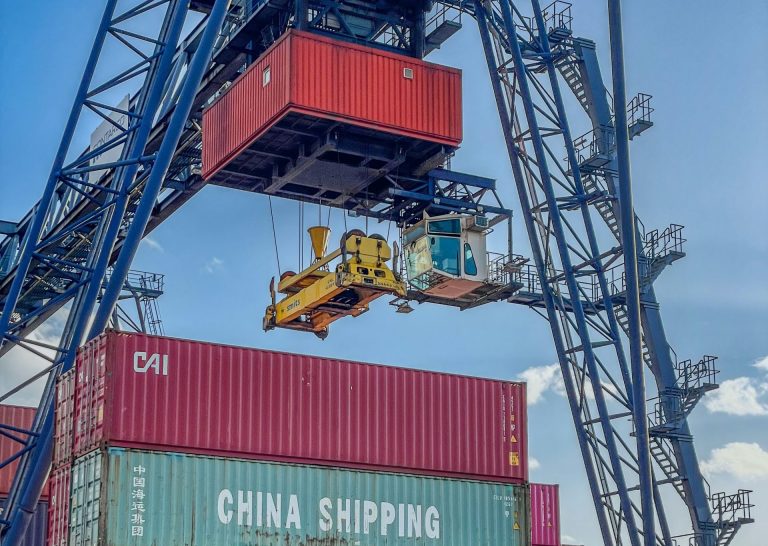Steel wire ropes are vital components in various industries, playing a critical role in lifting, hoisting, towing, and structural applications. Their versatility and strength make them indispensable in fields like construction, mining, marine, oil and gas, transportation, and many others. However, not all steel wire ropes are the same. Different applications require specific types of wire ropes, each tailored to offer optimal performance under unique conditions. This article explores the differences among various types of steel wire ropes, focusing on construction, materials, core types, strand patterns, lay types, coatings, and application-specific variations.
1. Basic Structure of Steel Wire Ropes
Before diving into the differences, it’s essential to understand the fundamental structure of a steel wire rope. A typical wire rope consists of three main components:
- Wires: The smallest elements, twisted together to form strands. These determine the rope’s strength and flexibility.
- Strands: Groups of wires twisted together in a specific pattern. Strands are the building blocks of the rope.
- Core: The central element around which strands are wound. It provides stability and helps maintain the rope’s shape.
The configuration of these components significantly affects the rope’s properties.
2. Types Based on Core Material
a) Fiber Core (FC)
Fiber core ropes use natural (e.g., sisal, hemp) or synthetic (e.g., polypropylene) fibers as the core material.
Advantages:
- Greater flexibility
- Lighter weight
- Better shock absorption
Disadvantages:
- Lower strength compared to steel cores
- Poor resistance to heat and crushing
- Prone to moisture absorption and rot (in natural fibers)
Common Use: Cranes, elevators, and applications requiring flexibility.
b) Independent Wire Rope Core (IWRC)
An IWRC is a separate wire rope that serves as the core, offering more strength and resistance.
Advantages:
- Higher strength and resistance to crushing
- Greater heat resistance
- Better durability
Disadvantages:
- Less flexible
- Heavier
Common Use: Mining, logging, and other heavy-duty operations.
c) Wire Strand Core (WSC)
This type uses a single wire strand as the core. It’s less common and primarily used in small-diameter ropes.
3. Strand Configurations and Constructions
The arrangement and number of wires per strand significantly affect the rope’s performance. Key constructions include:
a) 6×19 Construction
Contains 6 strands with approximately 19 wires per strand.
Pros:
- Good balance between flexibility and abrasion resistance
Cons:
- Less fatigue resistance compared to ropes with more wires
Use: Cranes, winches, and general-purpose lifting
b) 6×37 Construction
Contains 6 strands with about 37 thinner wires per strand.
Pros:
- Greater flexibility
- Good fatigue resistance
Cons:
- Less abrasion-resistant due to thinner wires
Use: Applications with frequent bending, such as in hoists
c) 8×19 and 8×36 Constructions
These use 8 strands, offering increased flexibility and smoother handling.
Use: Elevator hoist ropes, cranes, and winches requiring smooth operation
d) Rotation-Resistant Ropes
Constructed using inner and outer layers twisted in opposite directions, such as 19×7, 35×7 constructions.
Pros:
- Minimize rotation under load
- Essential for single-line hoisting
Cons:
- More expensive
- Reduced fatigue resistance
Use: Tower cranes, mobile cranes, and elevators
4. Lay Types
The direction in which wires and strands are twisted affects how a wire rope behaves.
a) Regular Lay (Right or Left)
Wires in strands are twisted in the opposite direction to the strands in the rope.
Pros:
- Rope surface appears smoother
- Better for running over sheaves and drums
- More resistant to crushing
Use: Hoisting and winching
b) Lang Lay (Right or Left)
Wires and strands are twisted in the same direction.
Pros:
- Better wear resistance
- Greater flexibility
Cons:
- Prone to rotation
- More difficult to handle
Use: Draglines, excavators, and applications where wear resistance is vital
c) Alternate Lay
A combination of regular and lang lay strands within one rope.
Use: Rare; specific design purposes
5. Material Types
Steel wire ropes can vary based on the steel used in their manufacture.
a) High-Carbon Steel
Most common material, offering a balance between strength and flexibility.
Use: General industrial and construction applications
b) Stainless Steel
Corrosion-resistant and ideal for marine environments or where hygiene is important.
Pros:
- Excellent corrosion resistance
- Aesthetic appeal
Cons:
- More expensive
- Lower tensile strength compared to carbon steel
Use: Food processing, marine environments, architecture
c) Galvanized Steel
Coated with zinc to resist corrosion.
Pros:
- Good corrosion resistance
- Cost-effective alternative to stainless steel
Use: Outdoor applications, winches, fences, and guy wires
6. Lubrication and Coatings
Wire ropes are often lubricated and may include surface coatings for improved performance.
a) Pre-lubricated Ropes
Lubrication during manufacturing helps reduce internal friction and wear.
Pros:
- Extended lifespan
- Reduced maintenance
b) Plastic-Coated Ropes
A layer of plastic is applied to either the entire rope or individual strands.
Pros:
- Better corrosion protection
- Prevents external contaminants
- Smooth surface
Cons:
- May reduce heat dissipation
Use: Marine, medical, and precision engineering fields
7. Surface Finishes
- Bright (Uncoated): No protective layer; used in environments without corrosive exposure.
- Galvanized: Zinc coating offers rust protection.
- Plastic-coated: Enhanced corrosion and abrasion resistance.
8. Specialty Wire Ropes
a) Compacted Wire Rope
Strands are mechanically compacted during manufacturing.
Pros:
- Greater breaking strength
- Better contact with drums and sheaves
- Less elongation
Use: Cranes, elevators, and deep shaft mining
b) Swaged Wire Rope
Wires or strands are compressed post-assembly to reduce diameter and increase density.
Use: Mining, winching, and elevator industries
c) Flattened Strand Rope
Strands are flat rather than round, offering a larger contact area.
Use: Haulage and conveyance
9. Applications and Suitability
| Application | Recommended Rope Type |
|---|---|
| Construction Cranes | IWRC, 6×19 or 6×36, rotation-resistant ropes |
| Elevators | 8×19, 8×36, galvanized or plastic-coated, preformed ropes |
| Marine | Stainless steel or galvanized, fiber core, 6×24 |
| Mining | IWRC, 6×36, compacted, high-carbon steel |
| Logging | Lang lay, IWRC, high abrasion resistance |
| Towing | IWRC, 6×19 or compacted strands |
| Aerial Ropes | Rotation-resistant (e.g., 19×7), pre-lubricated |
10. Maintenance and Inspection Considerations
The type of rope selected also affects maintenance schedules and replacement frequency. Some general guidelines:
- High-strand-count ropes wear faster but offer smoother operation.
- Galvanized ropes last longer outdoors but should be inspected for white rust.
- Plastic-coated ropes must be checked for cracks in the coating.
- Rotation-resistant ropes are sensitive to damage and require careful handling.
Conclusion
Choosing the right type of steel wire rope involves evaluating several factors—core type, strand configuration, lay, material, coatings, and application environment. Each variation has distinct properties that make it suitable for specific tasks. For instance, fiber core ropes offer flexibility but lack strength, while IWRC ropes are durable and suited for heavy-duty use. Similarly, lay type and strand construction dictate a rope’s resistance to wear, fatigue, and rotation.
Selecting the right rope not only ensures optimal performance but also enhances safety, extends service life, and reduces operational costs. Engineers, safety officers, and operators must work collaboratively to evaluate the working conditions, load requirements, and environmental exposure to make an informed decision.
Understanding these differences is not merely a matter of technical detail—it is critical for ensuring reliability, safety, and efficiency in the vast range of applications where steel wire ropes are used.


